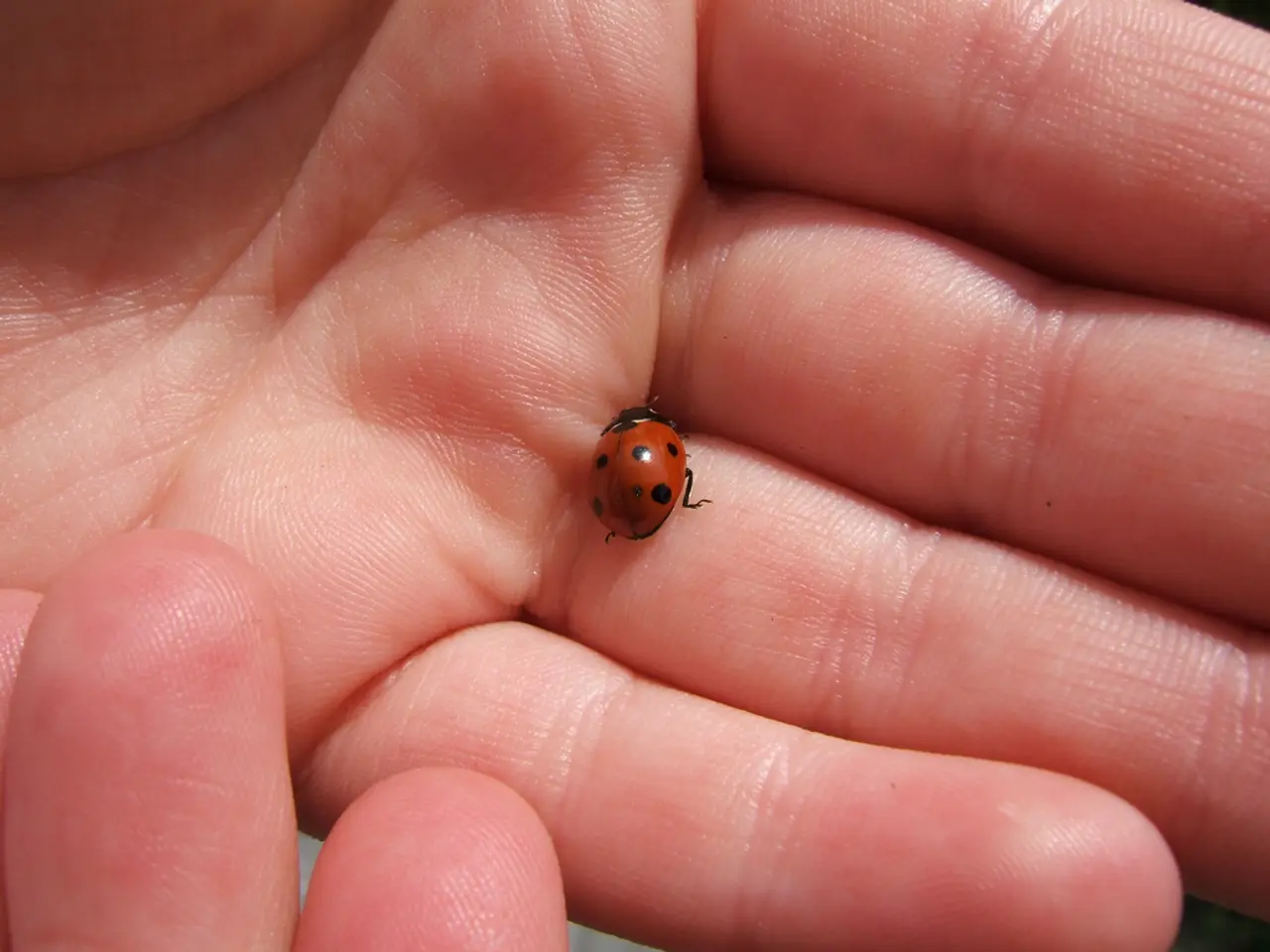Winged scapula: Recognizing signs, remedies, and workouts
Scapular winging is a condition that affects the shoulder blade, causing it to protrude abnormally from the back. This condition, often due to nerve damage or physical injury, can lead to pain, loss of mobility, and decreased strength in the affected shoulder area.
### Common Causes
The most frequent cause of scapular winging is damage to the long thoracic nerve, which innervates the serratus anterior muscle. Injury to this nerve results in weakness or paralysis of the serratus anterior, causing the scapula to "wing" or stick out abnormally. Other causes include muscle weakness or paralysis, physical injury, and imbalance between scapular muscles.
### Symptoms
Symptoms of scapular winging include visual protrusion of the scapula, shoulder pain or discomfort, clicking or grinding sensations during arm movements, weakness or fatigue in the shoulder region, limited overhead range of motion, and postural alterations.
### Treatments
The primary treatment for scapular winging is rehabilitation focused on strengthening the serratus anterior and other scapular stabilizers, improving motor control, and restoring proper scapular mechanics. This may involve physical therapy, soft tissue techniques, stretching, breathing exercises, and postural correction. If nerve damage is significant, additional interventions or even surgical options may be considered.
In cases where nerve damage is suspected, doctors may use electromyography to record the electrical activity from the skeletal muscles to assess nerve function.
### Preventive Measures
Preventive measures for scapular winging include maintaining good posture, avoiding tasks that involve repetitive arm or shoulder motions, strengthening the shoulder, neck, and back muscles, and avoiding carrying heavy objects on the shoulders.
Early treatment can make a significant difference in the recovery process, so it is essential to consult a doctor about symptoms of scapular winging as soon as possible. Recovery times vary among individuals and depend on the severity of the damage, whether surgery is required, and which nerves or muscles are affected.
Less common causes of scapular winging include overuse of the shoulder, back, or neck, viral-induced neuropathy, post-viral autoimmune conditions, illnesses, surgery near the shoulders or ribs, blunt force trauma, or illnesses.
In some cases, recovery from long thoracic nerve damage may require little or no treatment, with a doctor suggesting physical therapy and a support device like a sling. In more severe cases, such as traumatic injuries and spinal accessory nerve damage, surgery may be necessary, with a nerve and muscle transfer or scapulothoracic fusion being possible options.
Doctors will begin the diagnostic process by asking general questions about symptoms and conducting a physical examination, checking the shoulder blades for signs of winging and asking the person to perform basic shoulder movements to demonstrate their range of motion.
- Although scapular winging is often associated with damage to the long thoracic nerve, other medical-conditions like viral-induced neuropathy, atopic dermatitis, or spondylitis might also cause it.
- Fitness-and-exercise and nutrition play crucial roles in preventing scapular winging by strengthening the shoulder, neck, and back muscles and avoiding repetitive arm or shoulder motions.
- Science and medical advancements have made it possible to use predictive technologies like electromyography to assess nerve function, potentially aiding in the diagnosis of scapular winging.
- If obesity leads to type 2 diabetes, it might increase the risk of various health-and-wellness issues, including scapular winging due to the stress placed on the muscles and nerves in the shoulder area.
- In some cases, scapular winging might present symptoms similar to other medical-conditions, such as diabetes, atopic dermatitis, or even HIV, making it important to consult a medical professional for accurate diagnosis and treatment.
- PreP, an antiretroviral drug used to prevent HIV transmission, helps reduce the risk of acquiring the virus, but it doesn't address or prevent health-and-wellness issues that may arise from other causes, like scapular winging.
- Adequate posture and routine check-ups with a healthcare professional can help in early detection of scapular winging, potentially speeding up the recovery process.
- Ankylosing spondylitis, an inflammatory disease affecting the spine, can sometimes contribute to scapular winging, although this is less common than nerve damage or physical injury.




